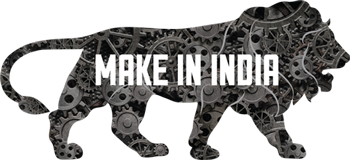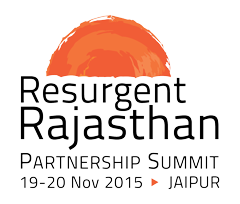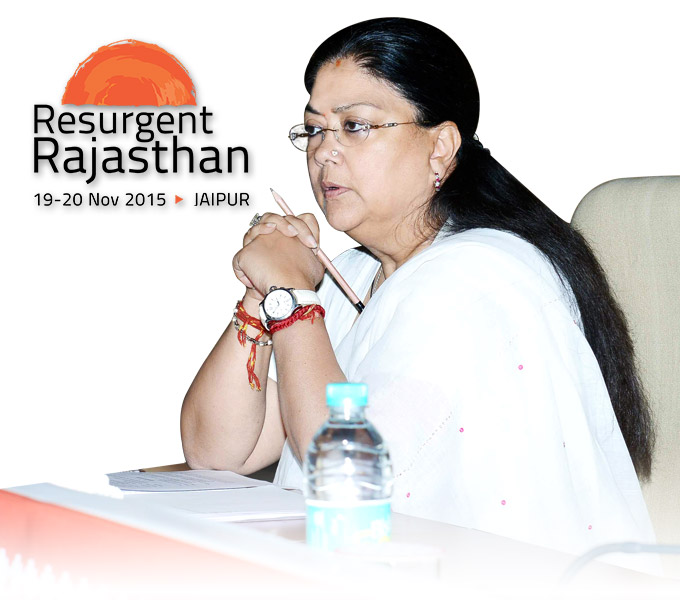States and ladders
Cooperative federalism and fierce competition between states is the backbone of Make In India
In 1884, John Strachey, an Indian Civil Service officer, told students at Cambridge University that
“There is not and never was an India… it is impossible that the men of Bombay, the Punjab, Bengal and Madras will ever feel that they belong to one great nation.”How wrong he was. Of India’s three projects at Independence — nation-building, social justice and poverty reduction — the Indian state has accomplished the first, but the other two are still works-in-progress. Nation-building was about inspiring, negotiating, building institutions and creating shared narratives. Social justice and poverty reduction require local execution, innovation, delivery, accountability and massive job creation.
Making India a fertile habitat for manufacturing job creation depends on many of the subjects in our Constitution’s concurrent list: education, skills, health, power, land, and labour, among others. It’s commendable that New Delhi has finally abandoned the flawed notion that “strong states lead to a weak nation”, because great nations strike a fine balance between centripetal and centrifugal forces. This new cooperative federalism has manifested itself in many ways over the last year: replacing the Planning Commission with the Niti Aayog, the devolution of finances, using Section 254(2) of the Constitution to allow the state legislatures of Rajasthan, Madhya Pradesh and soon Maharashtra to craft changes to Central laws, and creating committees of chief ministers headed by a chief minister on key national issues.
Labour markets are closely related to social justice and poverty reduction, and one of our failures in 68 years of Independence has been the lack of manufacturing employment. Our farmers are proudly making India the second-largest producer of food in the world — a far cry from the painful 1960s situation of PL-480 wheat imports. Yet, our low farm productivity means that a large part of our poverty is concentrated in agriculture, which can no longer provide living wages to 50 per cent of our labour force. While services are important, the prime minister’s Make in India project represents an overdue realisation that India’s manufacturing employment is only 11 per cent of the labour force.
 Make in India is not about reviving industrial policy but making India a fertile habitat for job creation: smart cities, skilling India, digital India, road connectivity, GST going live, improving the ease of doing business, uninterrupted power, renaissance of the railways, and much else. There is implicit bad timing in talking about the long-term solution of creating manufacturing jobs as a response to farm distress in a painful year for agriculture such as this one. Emergency measures should — and are — being taken for farmer distress. But as the emergency agriculture distress measures have impact, it is important to remember the urgent need to link the wages of more of our population to manufacturing, rather than monsoons.
Make in India is not about reviving industrial policy but making India a fertile habitat for job creation: smart cities, skilling India, digital India, road connectivity, GST going live, improving the ease of doing business, uninterrupted power, renaissance of the railways, and much else. There is implicit bad timing in talking about the long-term solution of creating manufacturing jobs as a response to farm distress in a painful year for agriculture such as this one. Emergency measures should — and are — being taken for farmer distress. But as the emergency agriculture distress measures have impact, it is important to remember the urgent need to link the wages of more of our population to manufacturing, rather than monsoons.
Job creation happens and clusters due to a complex combination of land, labour and capital. State governments are important partners for Make in India because each has different strengths and weaknesses. Rajasthan has more land than Germany and more people than France. But many of our youth do not have the skills to take advantage of manufacturing and service job creation, and many employers are small, informal and stuck in low productivity.
Our difficult fiscal situation means that we need to attract domestic and foreign investors, besides seeking the help of the Central government.
 Gujarat was the pioneer in actively seeking out investments to accelerate job creation. As I seek out investors for our Resurgent Rajasthan summit in November, I am becoming aware of strong competition for investments from various states. This competition forces me and my government to work harder and focus on our strengths: proximity to Delhi (40 per cent of the Delhi-Mumbai corridor will pass through our state), mineral base (we have 74 minerals and produce 24 per cent of India’s crude), solar energy, a strong crafts base, and law and order. At the same time, investors remind me of our obvious weaknesses in school learning outcomes, higher education capacity, drinking water, and untapped tourism potential (we get fewer tourists than Angkor Wat in Cambodia or the Louvre museum in Paris).
Gujarat was the pioneer in actively seeking out investments to accelerate job creation. As I seek out investors for our Resurgent Rajasthan summit in November, I am becoming aware of strong competition for investments from various states. This competition forces me and my government to work harder and focus on our strengths: proximity to Delhi (40 per cent of the Delhi-Mumbai corridor will pass through our state), mineral base (we have 74 minerals and produce 24 per cent of India’s crude), solar energy, a strong crafts base, and law and order. At the same time, investors remind me of our obvious weaknesses in school learning outcomes, higher education capacity, drinking water, and untapped tourism potential (we get fewer tourists than Angkor Wat in Cambodia or the Louvre museum in Paris).
Rajasthan also needs to learn about creating an IT hub from Andhra Pradesh, PDS improvements from Chhattisgarh, power distribution from Mumbai, and primary health effectiveness from Madhya Pradesh. Besides that, our legislature hopes to reuse the window created by Delhi to customise some concurrent subject laws to Rajasthan’s situation in education, skills and labour. Essentially, the Rajasthan government has three priorities: social justice, governance and job creation.
In 1949, Babasaheb Ambedkar said in his speech to the closing session of the Constituent Assembly that
“The basic principle of federalism is that the legislative and executive authority is portioned between the Centre and states, not by any law to be made by the Centre but by the Constitution itself. The states are in no way dependent upon the Centre for their authority under our Constitution; the Centre and states are co-equal in this matter.”In the years after Independence, this relationship became distorted and the two were not “co-equal”. But a new era has begun and the prime minister’s dream of Team India will live up to Babasaheb’s dream articulated in the same speech that “our political democracy (one man one vote) will one day be complemented by social democracy (one man one value) and economic democracy (one man one opportunity)”.
Unlike some economists and business people who approach reforms with mathematical certainty, most elected politicians know that getting political, social and economic reforms done is like playing a confusing board game in which elements of chess are mixed up with snakes and ladders. But cooperative federalism built on strong cooperation between the Central and state governments, and fierce competition between state capitals, offers the best odds for creating an Indian state that will deliver a more prosperous, fair and equal India. The biggest gainers in this “race to the top” will be India’s youth.








